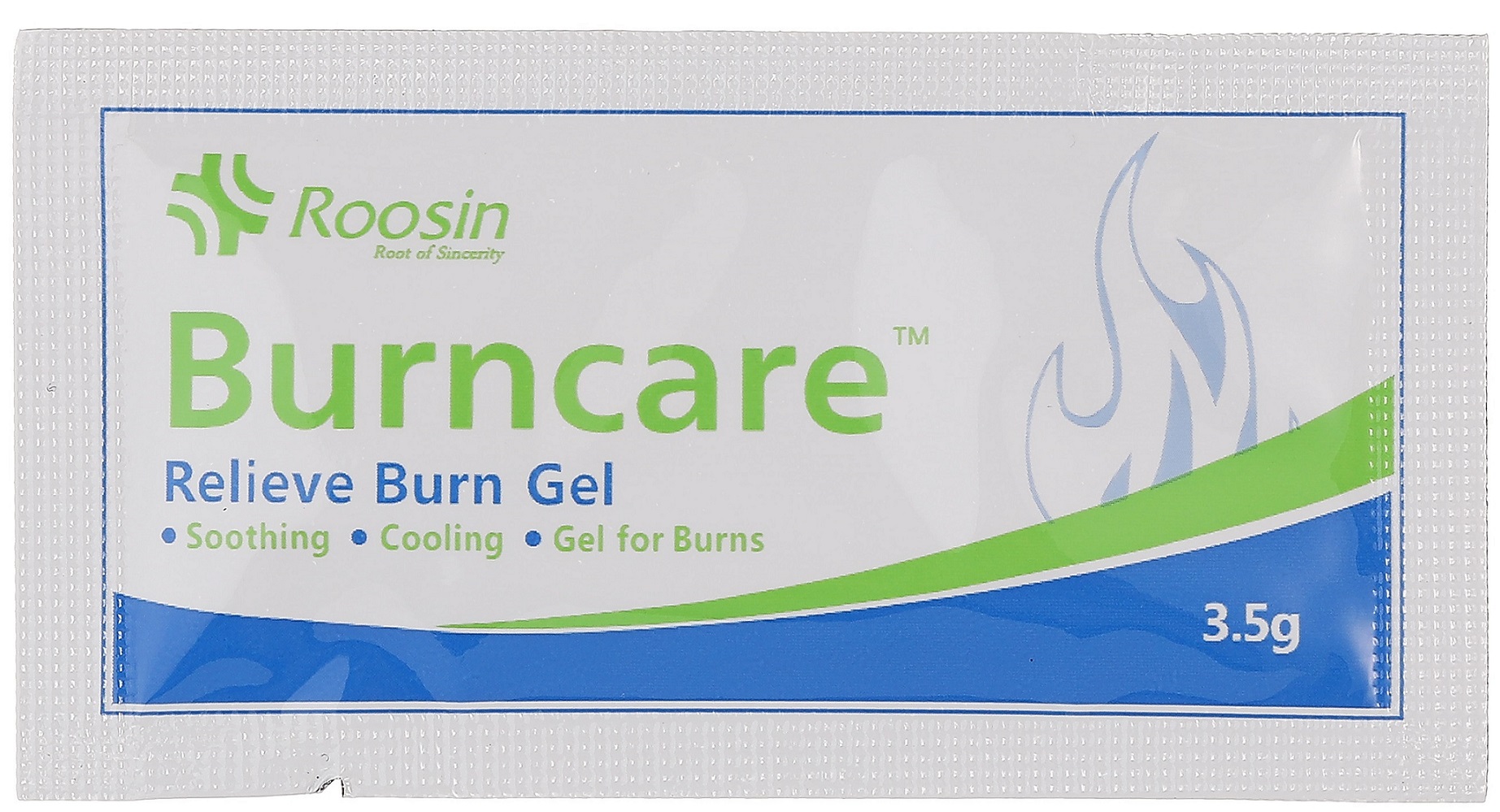How to deal with burns?
2023-12-25
Burns are divided into Grade I burns, Grade II burns, and Grade III burns. Grade I burns involve damage to the epidermal layer, characterized by redness, obvious pain, and mild blistering of the skin. Grade II burn with damage to the epidermis and dermis. There are blisters of varying depths in the burned area, with redness and swelling of the skin, obvious severe pain, and severe swelling. The epidermis, dermis, and subcutaneous tissues of Grade III burns were completely destroyed. The burned area is dark brown, dry, and hardened, with loss of sensation, and generally requires surgical treatment.
In daily life, the common types of burns are Grade I and Grade II, and the response measures are:
1. After a burn, it is important to quickly remove or keep away from heat sources. Rinse the wound with clean water for 10-30 minutes at the first time to reduce the temperature of the injured tissue and alleviate pain
2. After isolating the heat source, the burn victim should try to keep their breathing as smooth as possible, and then carefully remove clothing, watches, necklaces, rings, etc. around the wound machine
3. After the pain is relieved, while ensuring that the burn area is dry, apply antibiotic ointment or ointment and cover it with gauze.
Third-degree burns should be treated directly by a doctor Do not treat them yourself While waiting for medical help, first aid bandages can be applied and the injured person can be calmed.
Regardless of the degree of burn, do not use ice water or ice compress for treatment, and do not cut open water bubbles to avoid worsening the burn or causing infection. During the process of handling burns, it is important to pay attention to personal safety and hygiene, maintain a clean environment to prevent wound infections.



